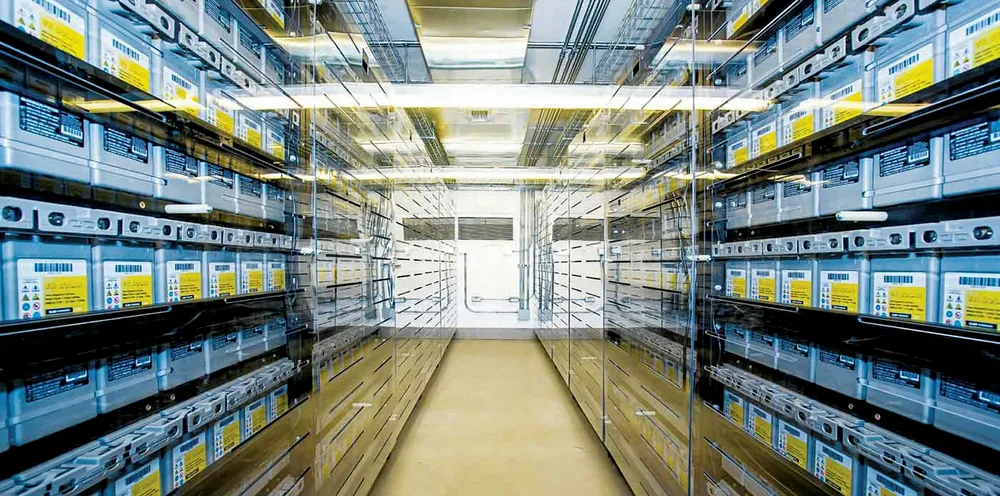'Remarkably resilient' US energy storage sector sets record despite Covid
Quarterly figures show 168MW deployed as new markets for C&I and massive front-of-metre systems boom, according to new report

The US deployed a record 168MW of energy storage in the second quarter, a 117% jump from a year earlier, as the sector anticipates strong growth despite ongoing Covid-19 impacts to the national economy, according to a new report from research group Wood Mackenzie and the US Energy Storge Association (ESA).
“We expect the rest of the year to come in strong as growing interest in residential storage, emerging new markets for commercial and industrial (C&I) and massive front-of-metre (FTM) systems are set to break quarterly records.”
April-June installations were the second highest for any 90-day period after the 186.4MW deployed in the fourth quarter of last year before the pandemic emerged across in the US in February. Since then, more than 190,000 Americans have died from the coronavirus, the most in any country.
Second quarter new capacity was up 72% from the previous period despite US gross domestic product plunging an unprecedented 33% as Covid-related impacts rippled through the national economy.
The FTM market grew more than four-fold compared to the first quarter with 89.8MW in deployments, a record for the period, as California ramped up development of a pipeline of larger energy storage projects.
The C&I segment was the only one where activity declined in the second quarter, primarily because of permitting and other delays in California. Still, residential deployments there remained robust despite Covid lockdowns in the population centres, according to the report.
WoodMac and ESA forecast the US energy storage market will expand more than seven-fold by 2025 compared to the annual market this year.
In that timeframe, megawatt/hour growth is expected to accelerate faster than megawatt growth as average discharge durations increase over time due to a focus on services such as capacity increase.
The FTM segment will continue to make up the bulk of the sector through 2025, driven by massive investment from vertically integrated utilities in regulated electricity markets and developers taking advantage of wholesale market opportunities and incentives.
“Looking out to future growth, we are confident that our expanded vision of 100GW of new energy storage by 2030 is entirely reasonable and attainable, pushing us closer to reaching a more resilient, efficient, sustainable and affordable electric grid,” said Kelly Speakes-Backman, CEO of ESA.
(Copyright)